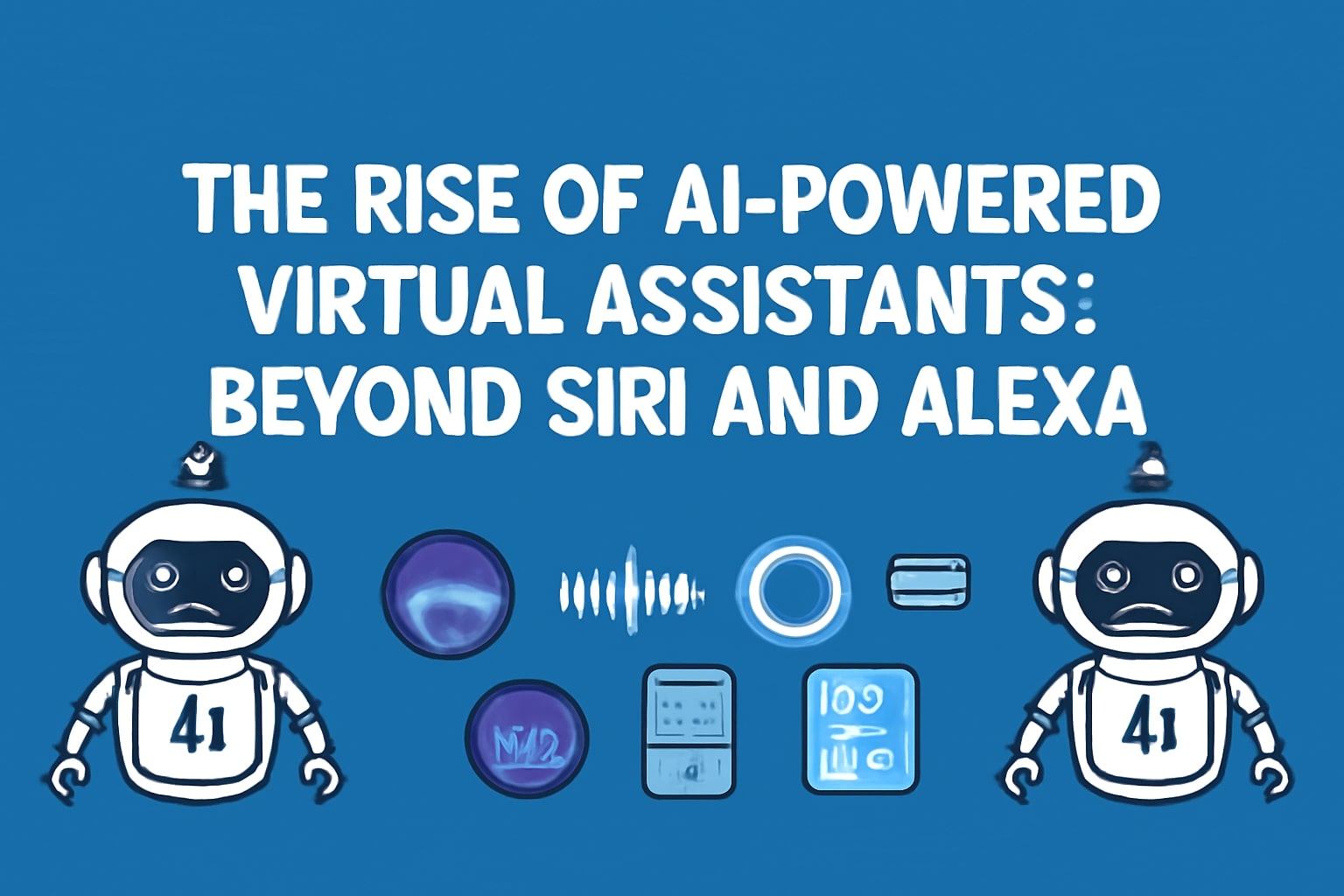The concept of an AI virtual assistant has evolved far beyond simple timers and music playback. With the rise of large language models, a new generation of AI-powered assistants is emerging. These smart tools aren’t just reactive—they are proactive, personalized, and capable digital colleagues that can help manage both your work and personal life efficiently.
The Evolution: From Basic to Smart AI Virtual Assistants
Early virtual assistants like Siri, Alexa, and Google Assistant were rule-based and excelled at simple commands. They could set reminders, play music, or control smart home devices but had limited context awareness.
Modern AI virtual assistants, powered by advanced AI agents, can execute multi-step tasks, understand complex requests, and interact across multiple apps seamlessly. This leap enables automation and productivity at a scale that was previously unimaginable.
What Can Modern AI Virtual Assistants Do?
- Task Automation: Automatically schedule meetings, book travel, and manage daily tasks using tools like Microsoft Copilot.
- Information Synthesis: Summarize documents, reports, or articles into actionable insights, saving hours of manual reading.
- Proactive Management: Monitor projects and deadlines, sending alerts and recommendations before issues arise.
- Personalized Learning: Prepare meeting briefs, research trends, or generate talking points for client calls and presentations.
Key Players in the AI Virtual Assistant Space
- Rabbit R1 / Perplexity Assistant: Combines web-based and device-based AI agents to accomplish tasks using natural language prompts. Learn more at Perplexity AI.
- Microsoft Copilot: Integrated into Microsoft 365, it assists with emails, Excel analysis, and Word documents for business productivity. Visit Microsoft Copilot for details.
- Google Gemini (Assistant): Builds on Google Assistant’s capabilities with conversational AI that spans Android and Google apps. More info at Google Assistant Blog.
- Custom GPTs / OpenAI App Store: Create personalized AI assistants for tasks like coding tutorials, travel planning, or research assistance. Explore OpenAI App Store.
The Future: Autonomous AI Agents
Next-generation AI virtual assistants aim to act autonomously. For example, you could instruct your assistant, “Plan and book a full family vacation to Japan next summer,” and it would handle the research, booking, and scheduling while updating you at each decision point. Autonomous AI agents promise unprecedented convenience and efficiency.
Benefits of Using AI Virtual Assistants
- Time Savings: Automate repetitive tasks so you can focus on strategy and creative work.
- Improved Accuracy: Reduce human error in scheduling, calculations, or data synthesis.
- Increased Productivity: Enable multitasking across applications, integrating email, calendar, and document management seamlessly.
- Personalization: Adapt responses and workflows based on your habits and preferences.
Considerations and Best Practices
- Privacy & Security: Ensure your AI assistant complies with data protection regulations, especially when handling sensitive information.
- Fact-Checking: AI may occasionally produce errors. Always verify critical outputs.
- Human Oversight: Use AI as a productivity partner, not a replacement for critical decision-making.
- Experiment Gradually: Start with one workflow, assess efficiency, then expand AI usage.
Adding an AI virtual assistant to your workflow can drastically enhance productivity and simplify complex tasks. Whether it’s scheduling, research, project management, or personal planning, these tools are designed to act as your proactive digital colleague. To learn more about maximizing AI in your daily workflow, check out this Forbes article on AI virtual assistants.
Suggested Images:
- Screenshot of Microsoft Copilot dashboard — alt=”AI virtual assistant managing tasks with Microsoft Copilot”
- Google Gemini interface — alt=”AI virtual assistant Google Gemini overview”
- Custom GPT app interface — alt=”Personalized AI virtual assistant example”
